Chen Kaige’s “Temptress Moon”: A Timeless Tale of Love and Loss
Chen Kaige’s “Temptress Moon,” a poignant cinematic collaboration between Hong Kong and mainland China, quietly debuted, leaving an indelible mark with its heartbreaking portrayal of love. Leslie Cheung, as the conflicted and talented Yu Zhongliang, and Gong Li, as the enigmatic Ruyi, weave a tale of complex emotions, creating a memorable love tragedy on screen.
Initially, Yu Zhongliang seeks love as a beacon of purity, a fairytale come to life. However, as the narrative unfolds, money and status become a relentless undertow, gradually consuming the lovers’ bond.
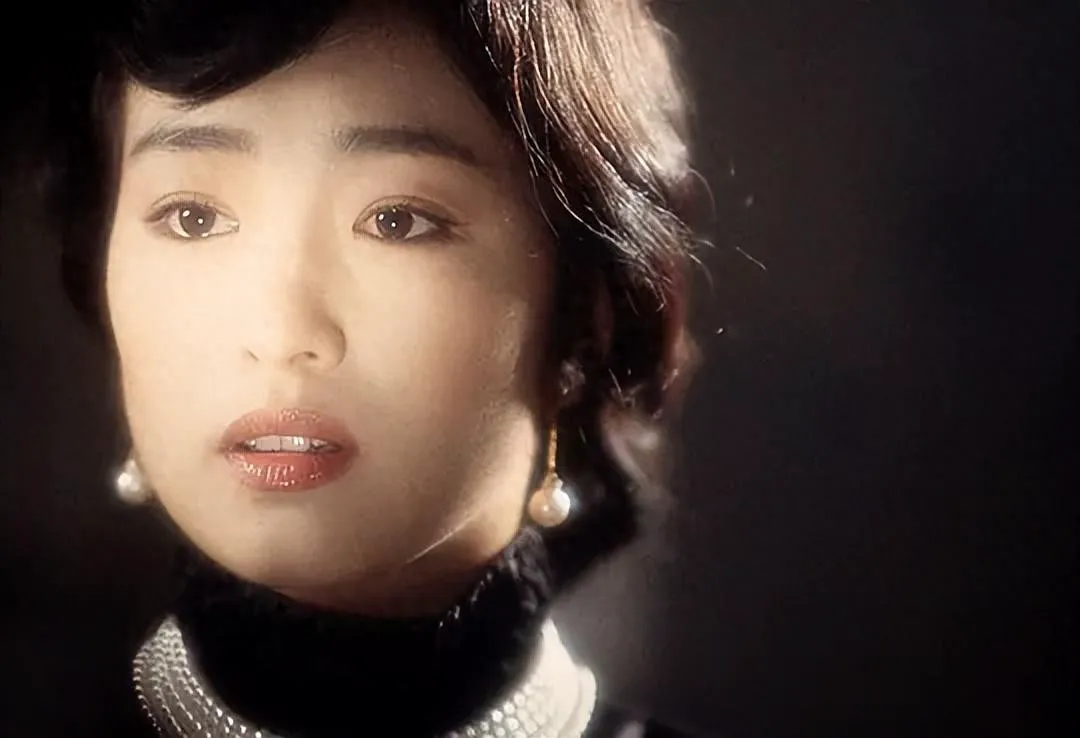
Under the weight of reality, Yu Zhongliang faces a stark choice: remain true to his heart or succumb to worldly desires.
As the curtains fall, viewers are left pondering: In a society driven by wealth, is genuine love destined to perish? “Temptress Moon” offers a unique perspective, revealing a thought-provoking truth: Can love truly thrive amidst the clash of desire and reality?
Chen Kaige’s Masterful Direction and Visual Storytelling
Chen Kaige’s directorial prowess shines in “Temptress Moon,” crafting a captivating audio-visual experience. His masterful use of light, color, and composition creates a world that is both poetic and brutally realistic.
The Language of Light and Shadow
The film opens with Yu Zhongliang gazing out from a carved wooden window. Chen Kaige’s deliberate lighting casts intricate shadows on Yu Zhongliang, foreshadowing his inner turmoil.
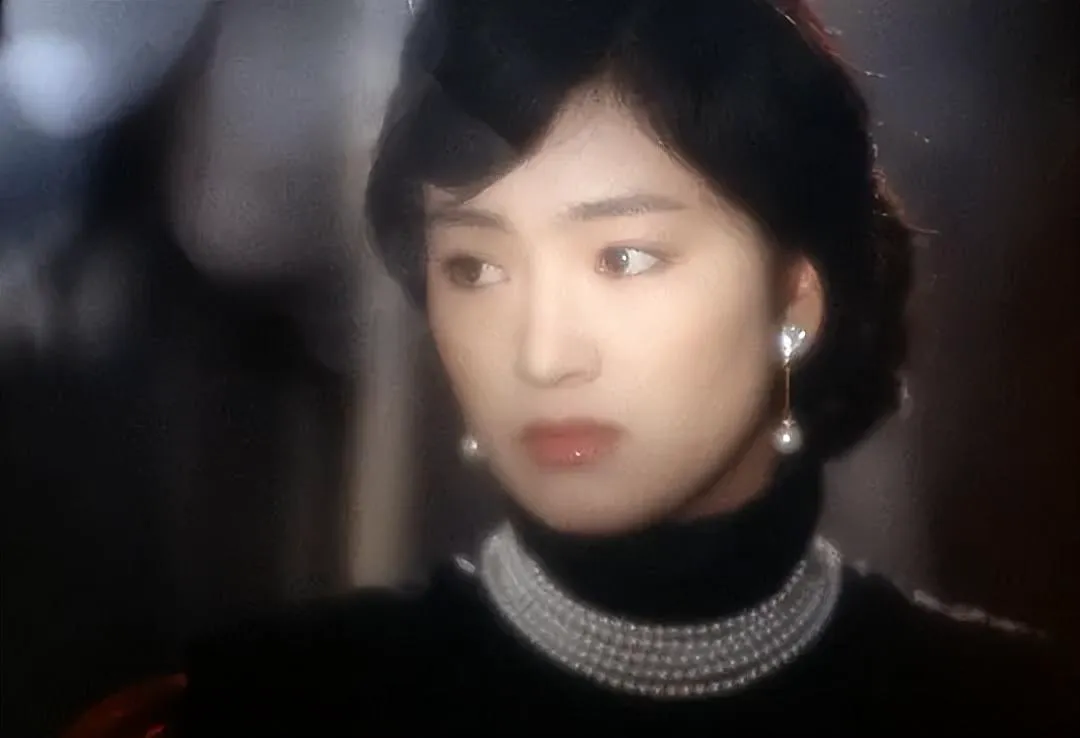
This skillful use of light and shadow permeates the film, becoming a silent language of emotion.
Evoking Classical China
As the story progresses, carefully selected scenes and props evoke a rich sense of classical China. Silk, the sound of zithers, candlelight – each element is meticulously chosen to symbolize traditional aesthetics and the protagonists’ complex emotional landscape.
The Power of Subtlety
In portraying the relationship between Yu Zhongliang and Ruyi, Chen Kaige employs an almost silent film approach. Dialogue is minimized, with emotions conveyed through glances and body language.
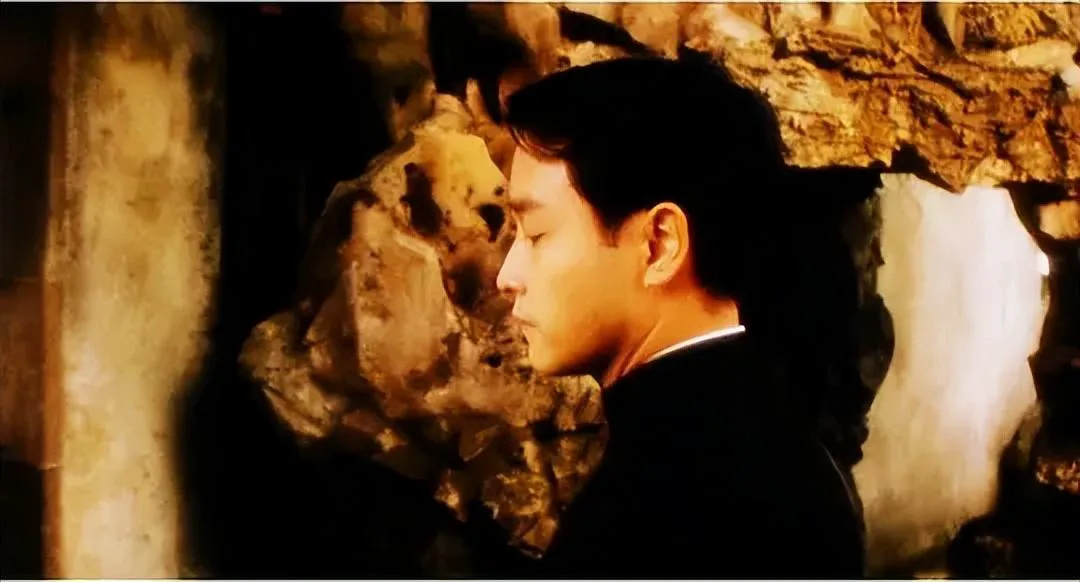
This allows viewers to deeply connect with the characters’ subtle emotional shifts, feeling the palpable tension and warmth.
The Cold Embrace of Reality
However, as money and desire intrude, the color palette shifts to colder tones. Chen Kaige masterfully uses color contrast, transforming the once-warm scenes into icy blues, hinting at love’s fragility in the face of reality.
This visual transformation perfectly mirrors the characters’ inner changes.
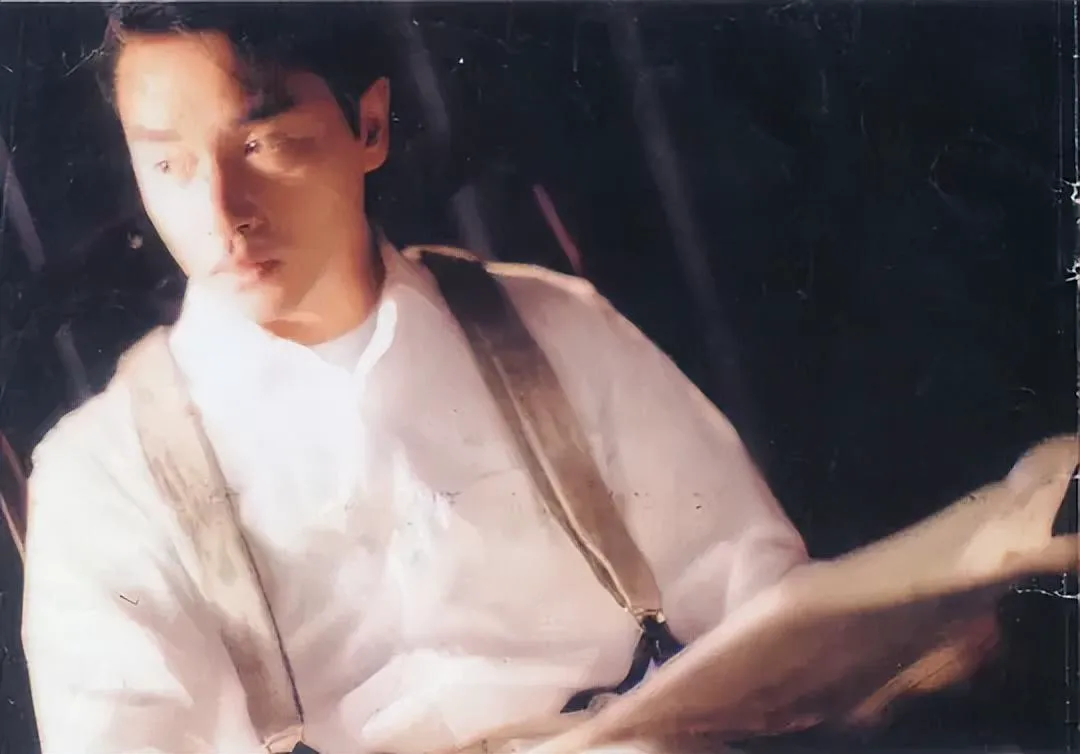
A Tapestry of Tradition
Notably, Chen Kaige incorporates numerous traditional Chinese aesthetic elements, such as set design and costumes. These elements, imbued with Eastern charm, not only enhance the film’s visual appeal but also provide a rich cultural backdrop for the story.
Through his exquisite artistic direction, Chen Kaige transforms “Temptress Moon” into a masterpiece that is both visually stunning and emotionally profound. He invites viewers into a world of poetic beauty and harsh reality, prompting reflection on the timeless themes of love, money, and desire.
Exploring the Human Condition Through Visuals
The artistic achievement of “Temptress Moon” lies not only in its stunning visuals but also in its deep exploration of human nature through these elements. Chen Kaige’s unique approach elevates the film beyond a simple love story, making it a profound reflection on social reality and human struggle.
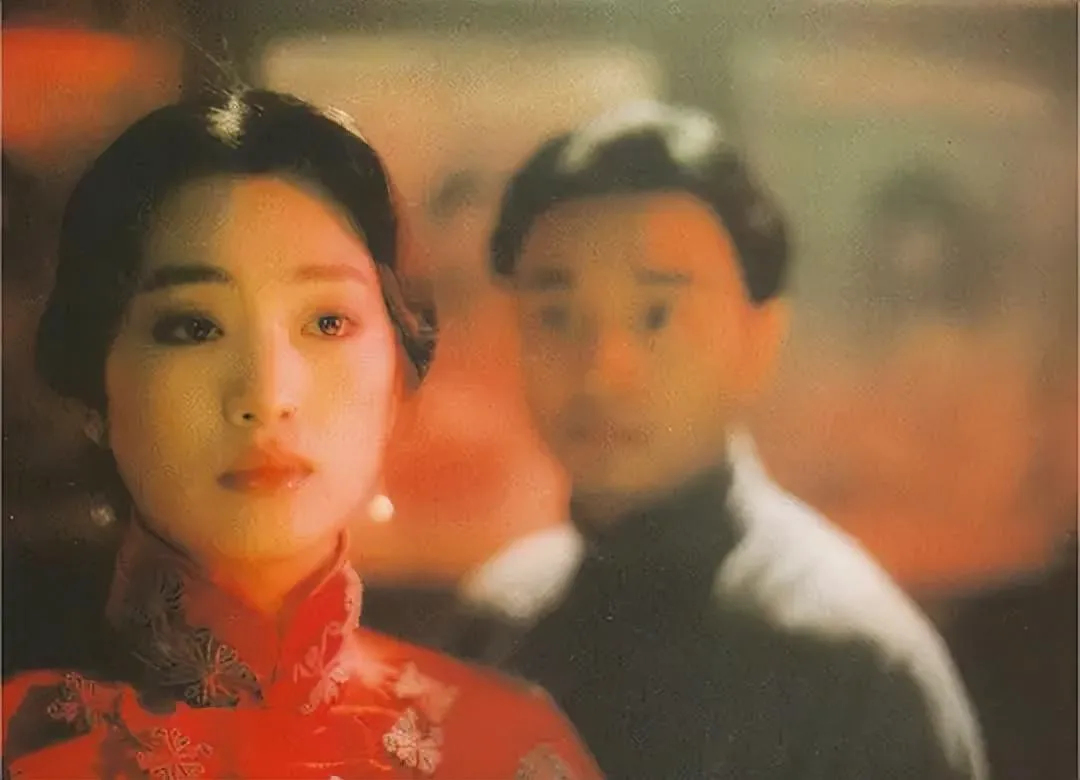
The love story of Yu Zhongliang and Ruyi serves as a mirror, reflecting the eternal conflict between the pursuit of freedom and the burden of responsibility.
Yu Zhongliang, a scholar steeped in literature, yearns for pure love and spiritual freedom. His eyes reflect a longing for an ideal life, and his occasional smile seems to mock the constraints of the world.
However, the weight of reality crushes him.
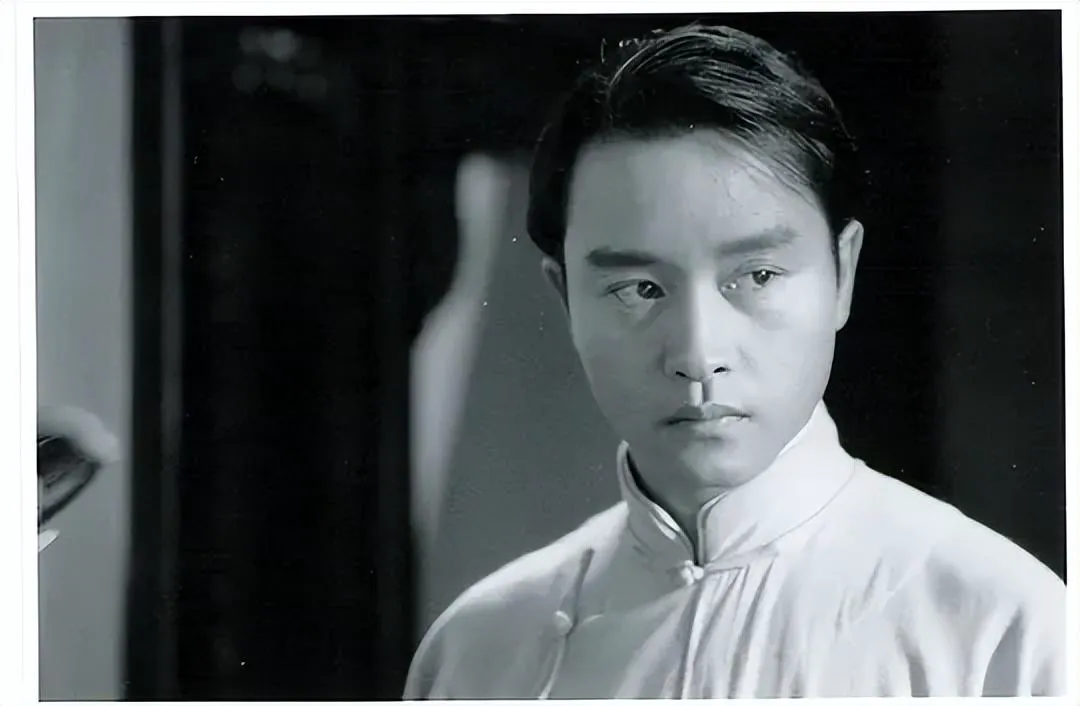
When Yu Zhongliang meets Ruyi, he sees a glimmer of hope. Her beauty and mystery captivate him, and their conversations are filled with poetry and understanding.
One moonlit night, they stroll through ancient streets, Yu Zhongliang reciting his new poem, Ruyi smiling knowingly, her eyes sparkling. In that moment, a subtle love permeates the air, moving the audience.
However, as the story unfolds, the shadows of reality begin to envelop the lovers. Yu Zhongliang realizes that sustaining a relationship requires more than just poetry; it demands facing the mundane realities of life.
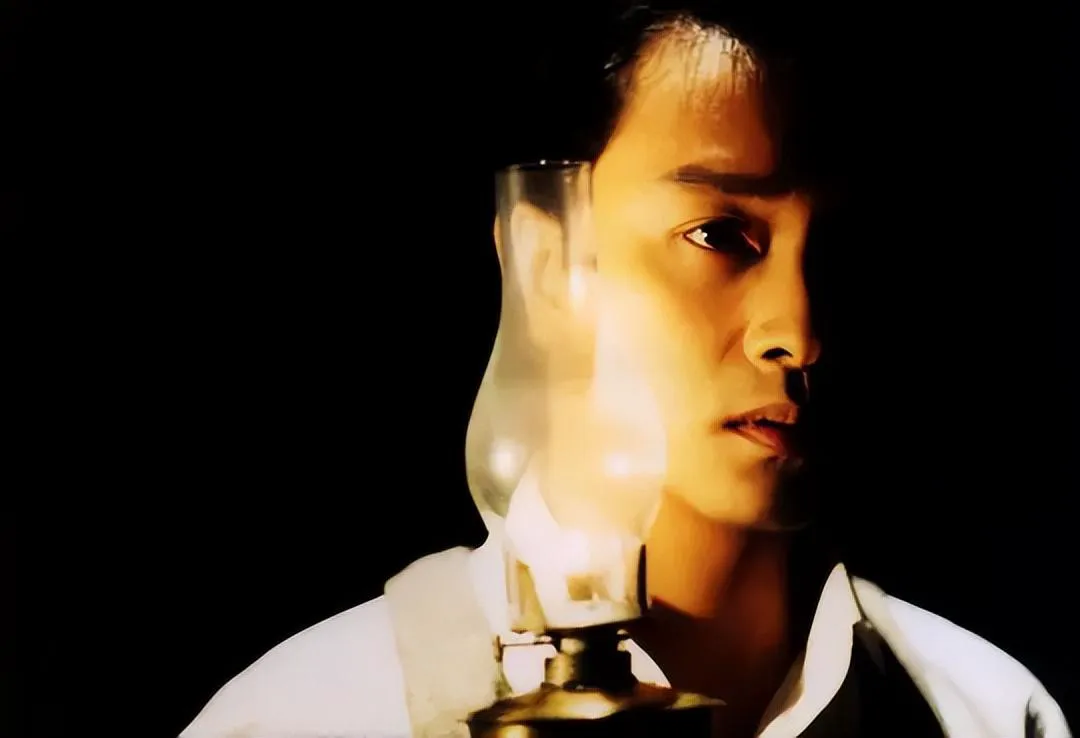
His brow furrows, and the light in his eyes is replaced by confusion. In a pivotal scene, Yu Zhongliang stands alone before a mirror, staring at his reflection, muttering, “What do I truly want?” His inner struggle is laid bare.
Ruyi, too, faces her own dilemmas. Her eyes reveal a longing for freedom, yet also a resignation to reality. In a moment of emotional outburst, she cries out to Yu Zhongliang, “Do you think love can feed us?” Her words sting Yu Zhongliang and resonate with many couples in the real world.
As the plot thickens, their relationship becomes increasingly strained. The allure of money and status creates a chasm between them. In a heartbreaking scene, Yu Zhongliang ultimately chooses to compromise with reality, abandoning the relationship.
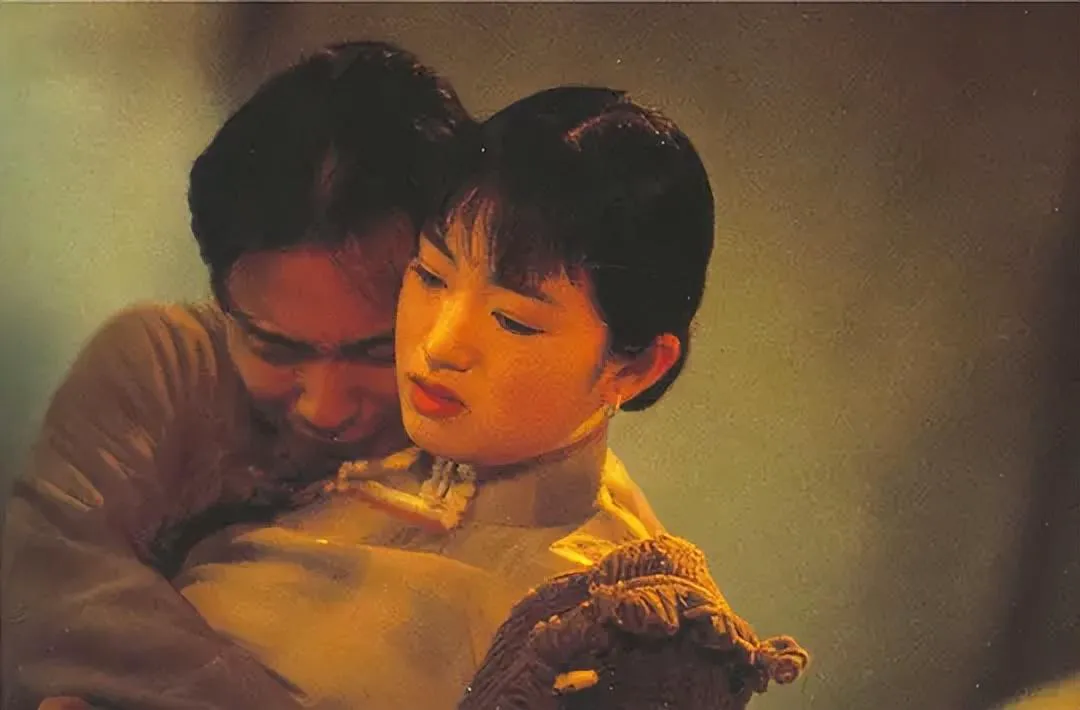
As he turns to leave, the camera lingers on his slightly hunched back, as if he has aged in an instant.
“Temptress Moon,” through the love story of Yu Zhongliang and Ruyi, vividly portrays the fragility of love in the face of reality. The protagonists’ fates remind us that while balancing freedom and responsibility is difficult, money and desire can easily destroy a relationship.
The storyline is not just a depiction of the protagonists’ lives but also a metaphor for social reality.
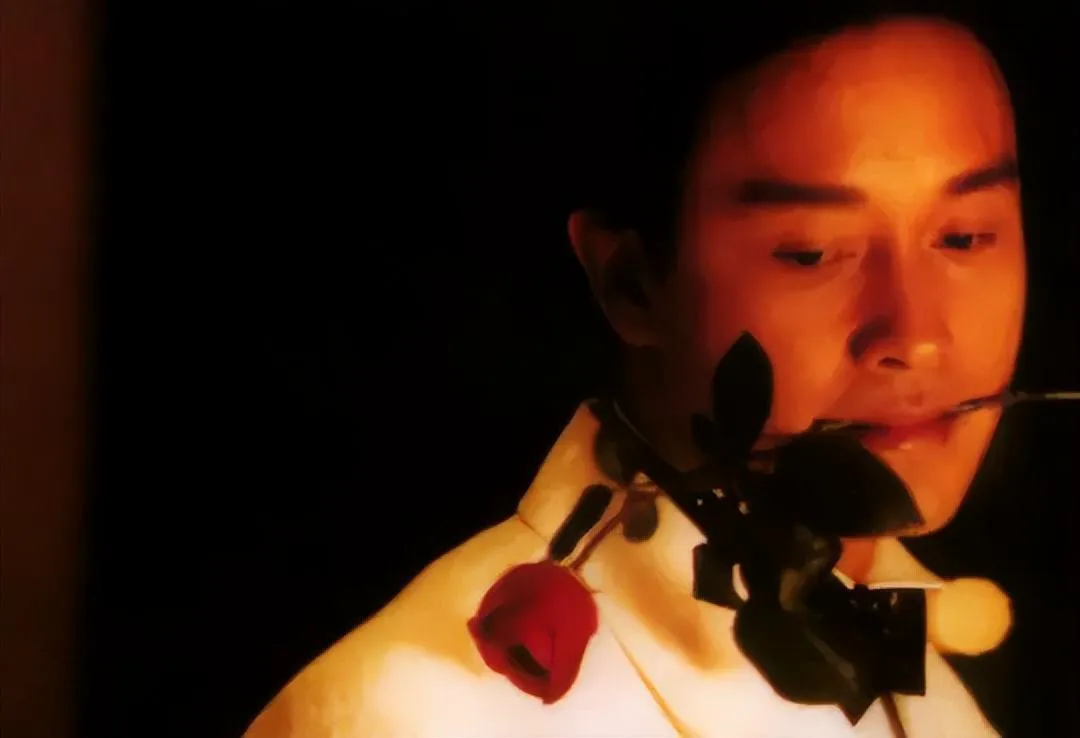
As viewers witness the lovers’ struggles, they cannot help but reflect on their own lives: Have we faced similar choices? Have we found a balance between ideals and reality? Although “Temptress Moon” tells an ancient tale, the characters’ fates deeply resonate with the inner struggles of many modern individuals, which is one reason why the film has garnered widespread acclaim.
Tradition vs. Modernity: A Cultural Reflection
“Temptress Moon,” through the lens of the ancient scholar Yu Zhongliang, vividly showcases the unique charm of traditional Chinese culture and prompts viewers to deeply consider the importance of traditional values in modern society.
In the film, Yu Zhongliang appears before the audience as the quintessential traditional scholar. His refined demeanor and passion for poetry reveal the profound essence of classical Chinese culture.
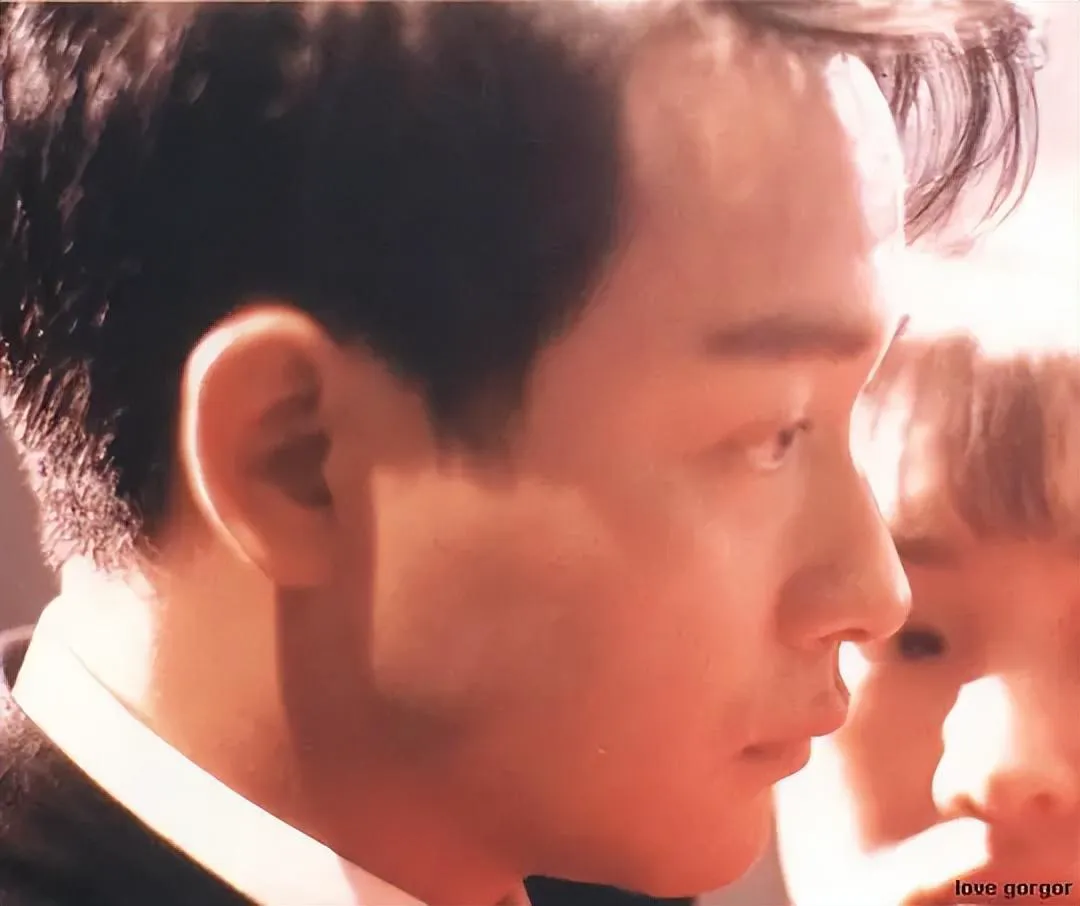
In a carefully designed scene, we see Yu Zhongliang sitting upright, holding a brush, and freely splashing ink on rice paper. Close-up shots showcase his focused and agile wrist, as well as his profound gaze, seemingly transporting viewers through time to experience the eternal charm of Chinese calligraphy.
However, when these traditional cultural values collide with money and desire, the story takes a turn. At this critical moment, Yu Zhongliang faces the difficult choice of whether to abandon his scholarly ideals and pursue worldly gains.
His inner struggle is vividly portrayed, his eyes reflecting both a longing for traditional values and a desire for practical benefits. This conflict is not just his personal dilemma but also a reflection of the awkward situation that traditional culture faces in modern society.
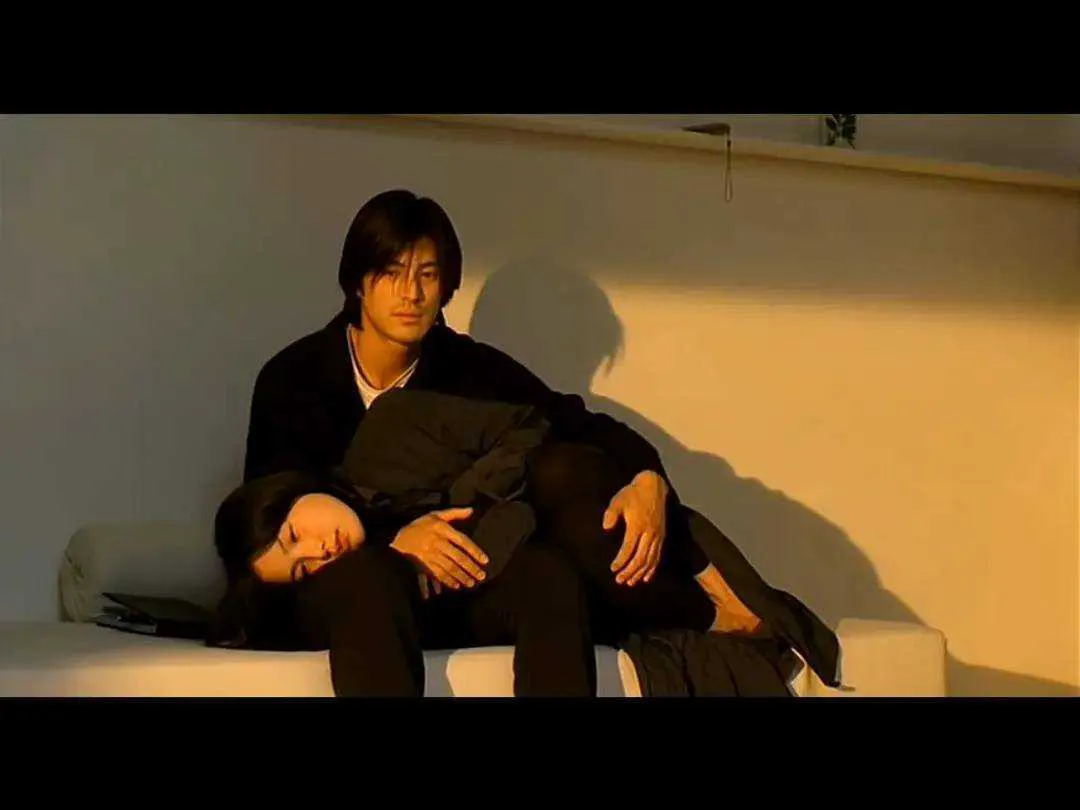
The film’s costumes, props, and set designs are rich in Chinese characteristics. Silks, antique furniture, and elegant gardens all exude the unique charm of Eastern aesthetics.
These traditional elements are not merely decorative but are closely linked to the characters’ fates and plot development. For example, in a symbolic scene, Yu Zhongliang stands on an ancient bridge, the flowing water beneath symbolizing the passage of time, while his indecision reflects the conflict between tradition and modernity.
In this way, “Temptress Moon” not only showcases the beauty of traditional Chinese culture but also guides viewers to consider: How should we view and inherit these traditional values in modern society? When money and desire become dominant, what will become of traditional culture? However, the film does not provide clear answers to these questions but leaves them for viewers to ponder and discuss.

Through Yu Zhongliang’s story, “Temptress Moon” successfully builds a bridge connecting the past and present, allowing viewers to appreciate the beauty of traditional culture while reflecting on its status and significance in modern society.
The film reminds us that in the pursuit of modernization, we should not forget the value of traditional culture but should seek ways for tradition and modernity to coexist harmoniously while maintaining our cultural roots. This reflection applies not only to the characters in the film but also provides contemporary viewers with an opportunity to re-examine their own cultural identities.
The Essence and Value of Love
The film profoundly explores the essence and value of love through the love story between the protagonists Yu Zhongliang and the mysterious woman, which is of great help to the audience’s emotional enlightenment and life perception.

However, as the story develops, we gradually see another side of love. The pressure of reality follows, and Yu Zhongliang begins to waver. In a heartbreaking scene, he stands alone in front of the mirror, whispering, “Can love really feed us?” At that moment, you can feel his inner struggle and pain.
The mysterious woman in the play pays and is unwavering for love, which is the best proof of the power of love. Even when Yu Zhongliang hesitates, she still believes in the power of love.
In a scene of emotional outburst, she said to Yu Zhongliang with tears in her eyes: “Even if there is no bread, can’t we love each other?” This sentence deeply touched Yu Zhongliang and deeply stung the hearts of the audience.

However, with the increasing temptation of money and desire, love becomes more and more fragile. In the climax of the film, Yu Zhongliang finally chose to give up this relationship and turned away.
The camera gives the mysterious woman a close-up. Her eyes are full of disappointment and despair, as if silently saying: In the face of reality, love is so fragile.
“Temptress Moon” reveals a cruel reality through this story: pure love often seems insignificant in the face of money and desire. However, the film does not simply deny the value of love, but guides the audience to think: How should we balance love and material needs in real life? Will sincere feelings eventually be smoothed out by reality? .
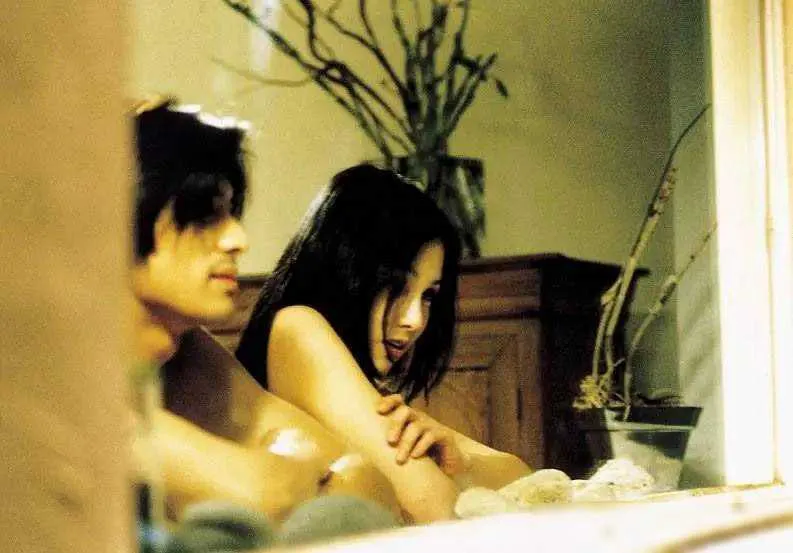
These profound emotional inspirations make the audience unable to calm down for a long time after watching the film, and “Temptress Moon” is not only telling a love story, but also a profound insight into human nature and social reality, giving the audience valuable life insights.
The film warns us that although real life is full of various temptations and pressures, we cannot easily give up the pursuit of sincere feelings. In addition, the film also makes us think deeply about how we should make rational and humane choices when faced with conflicts between love and reality.
The reason why “Temptress Moon” can arouse such strong resonance is that it touches the contradictions and confusions in everyone’s heart, allowing us to re-examine our values and think about the true value of love in this materialistic era.
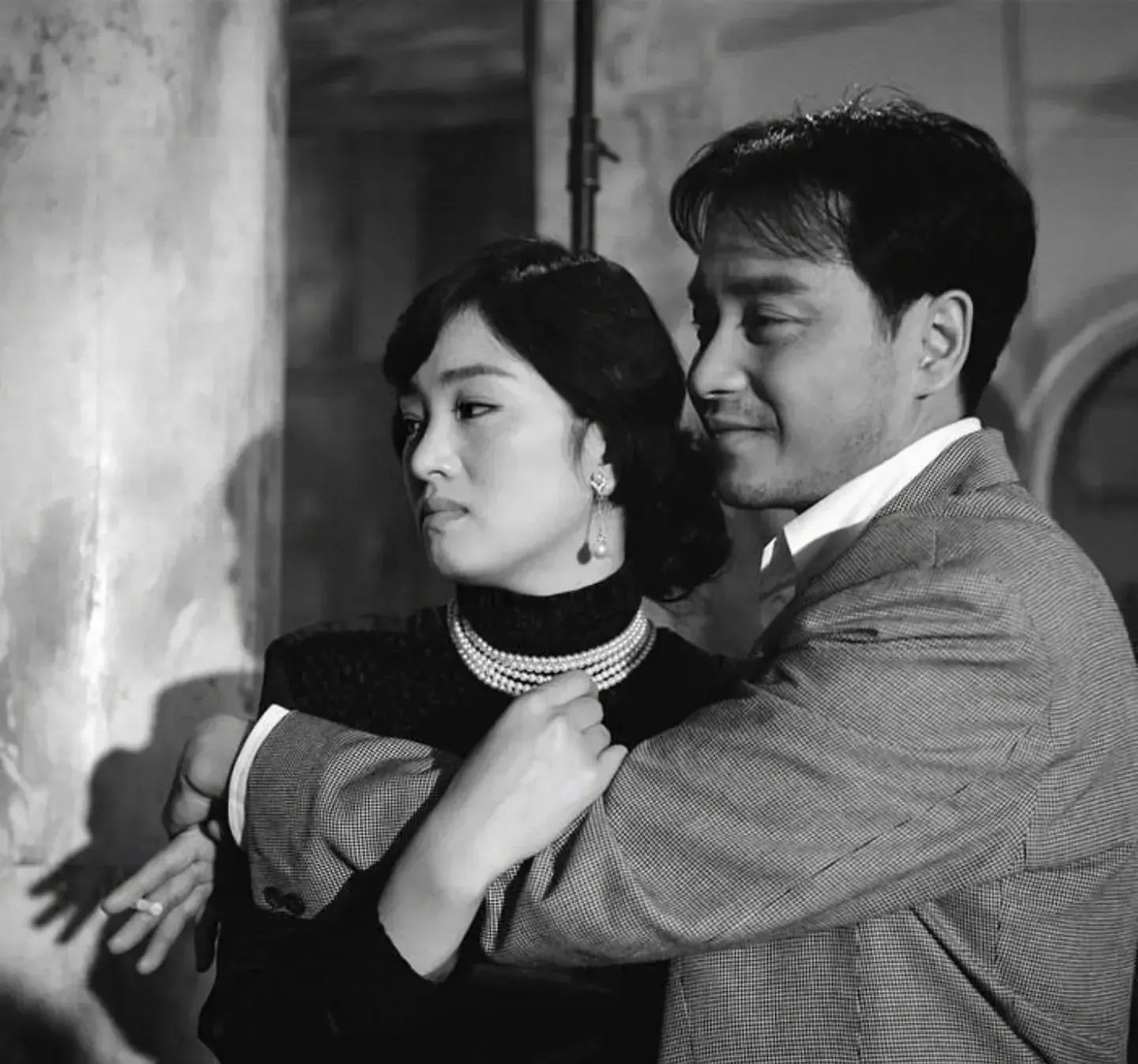
A Timeless Classic
Nearly three decades after its release, “Temptress Moon” continues to resonate deeply, hailed as an enduring classic. The film skillfully blends art, love, and humanity, presenting a complex and profound tapestry of life.
On an artistic level, Chen Kaige’s unique craftsmanship in directing “Temptress Moon” makes it a visual and emotional feast. Each frame is like a meticulously painted ink wash, perfectly blending traditional Chinese aesthetics with modern cinematic language.
This unique artistic expression has not only won the praise of the audience but also set a new aesthetic benchmark for later Chinese-language films.
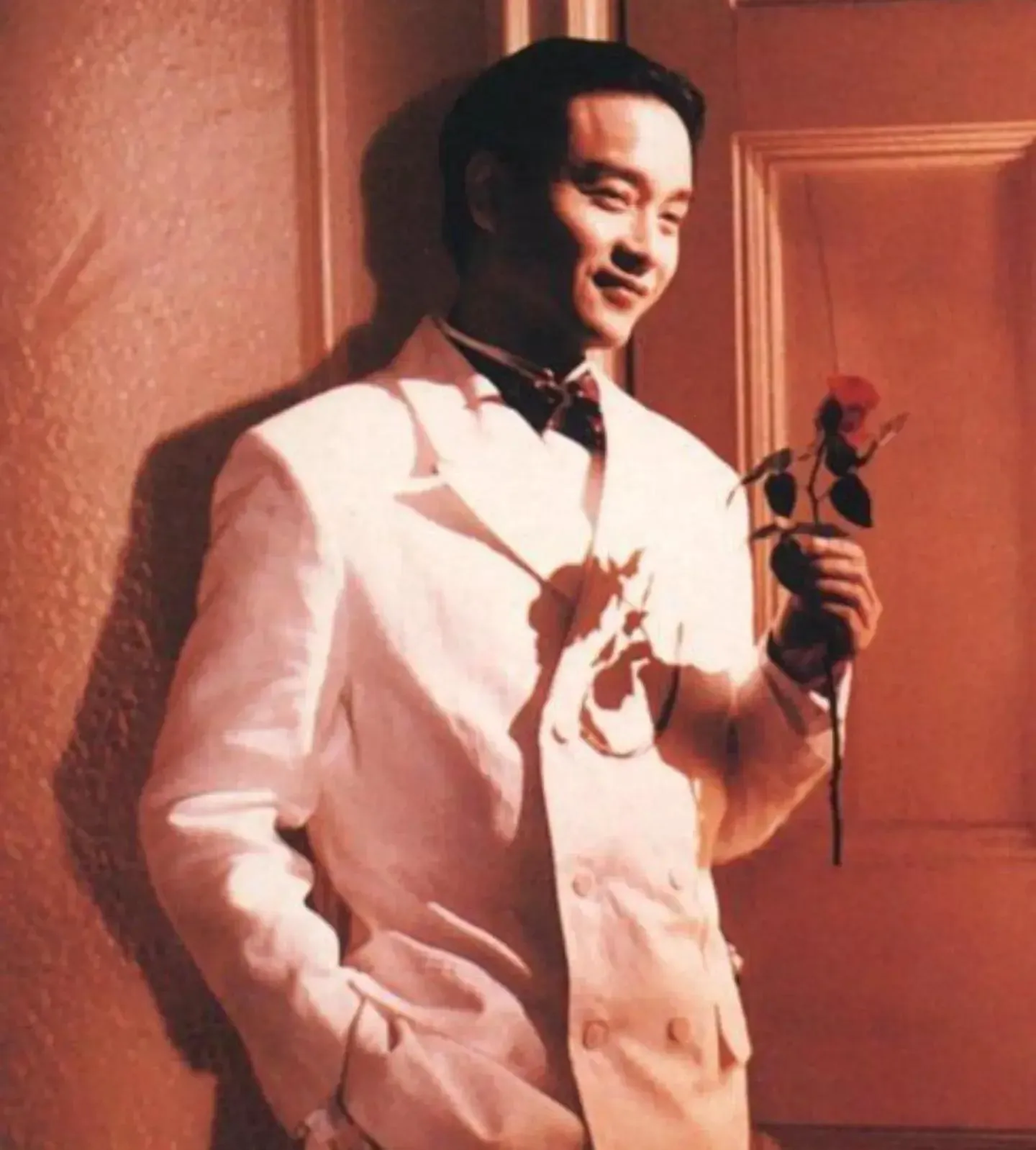
“Temptress Moon” transcends simple joys and sorrows, deeply exploring the status and value of love in real society. The story of Yu Zhongliang and the mysterious woman reflects the dilemmas faced by many modern people in relationships: When ideals and reality conflict, can love withstand the test? This question continues to spark heated discussions today, reflecting the timelessness of the film’s theme.
From a human perspective, the film “Temptress Moon” skillfully reveals the complex psychology of people when facing money, desire, and love. Yu Zhongliang’s struggle and final choice reflect the weakness of human nature and the ruthlessness of reality.
This profound insight into human nature makes “Temptress Moon” not only a love film but also a philosophical work that explores human nature.
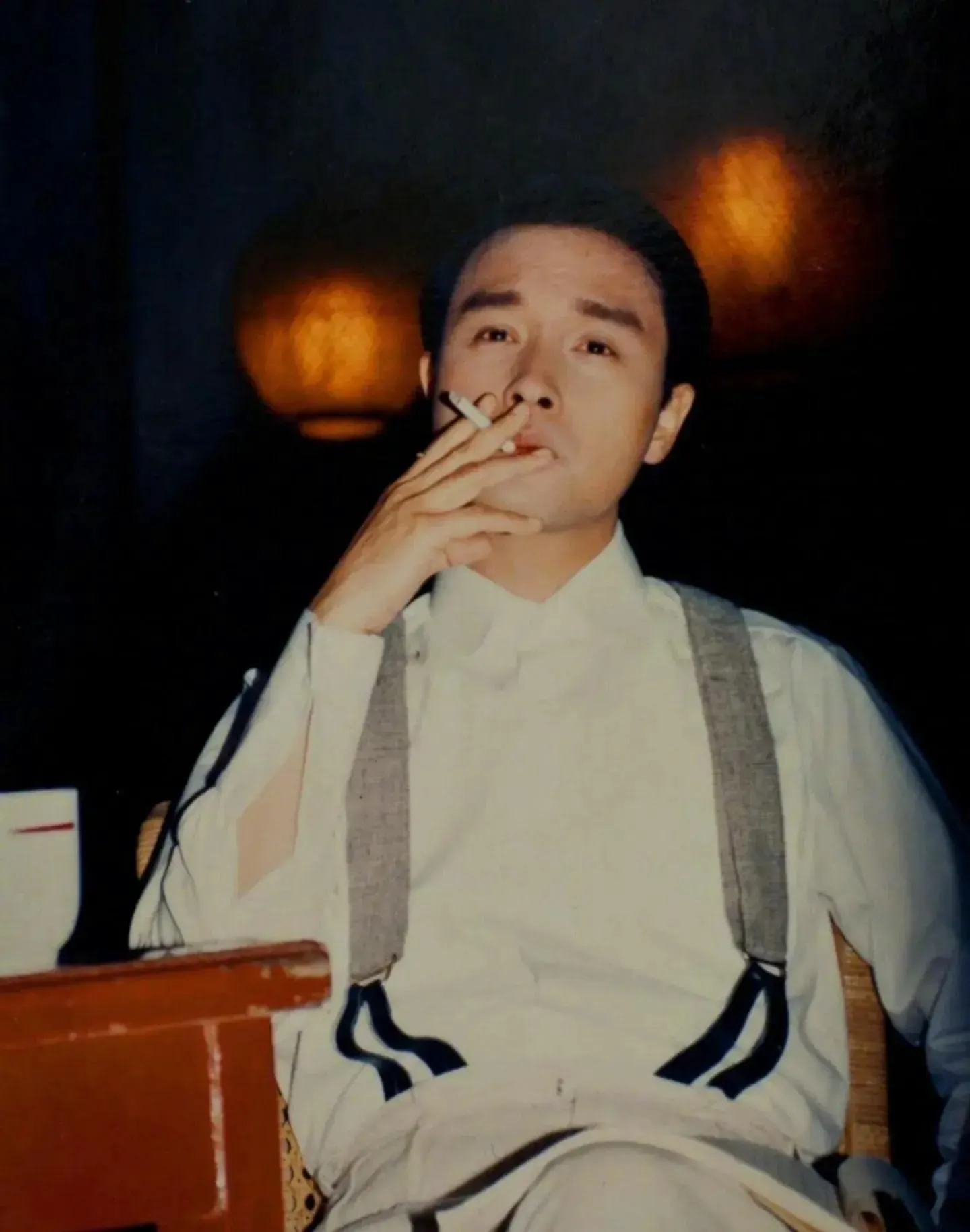
Today, although “Temptress Moon” was filmed more than half a century ago, it can still trigger deep thinking among audiences. In this materialistic era, how should we view the value of love? What role should traditional culture play in modern society? Faced with the temptation of money and desire, how should we maintain our original intentions? These questions are not only faced by the characters in the film but also need to be considered by every modern person.
The outstanding performance of “Temptress Moon” in terms of artistic achievement, emotional depth, and philosophical thinking makes it a timeless classic that transcends time and space. It is not only a review of the past but also a reflection on the present and a vision for the future.
Through the story of the protagonists Yu Zhongliang and the mysterious woman, we can see the eternal struggle of human nature: how should we choose between ideals and reality, love and material things, tradition and modernity? There is no standard answer to these questions, but “Temptress Moon” provides us with a platform for thinking and discussion, allowing us to deeply think about the true meaning of life while appreciating art.